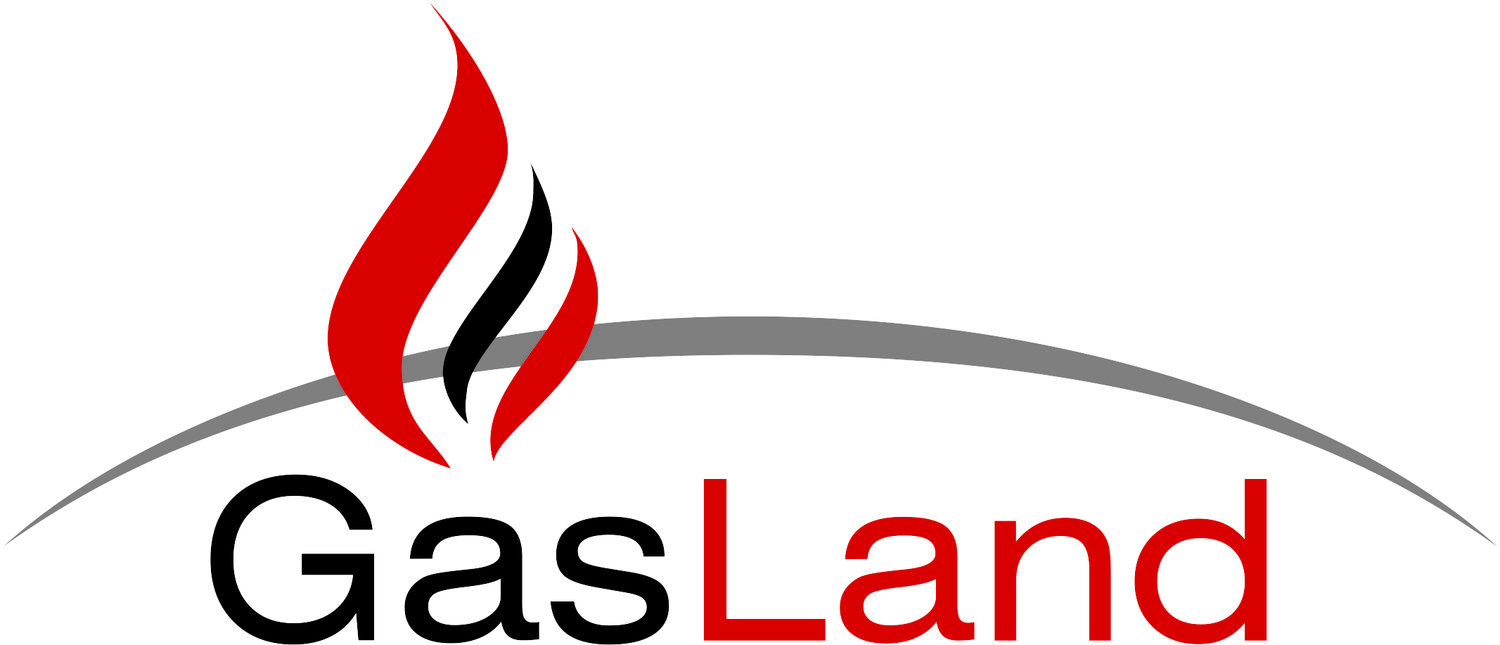Pressure Swing Adsorption (PSA) systems are one of the most common systems to produce high purity nitrogen (99.9995%). This system relies on the concept of selective adsorption, which is a gas’ tendency to stick to a solid surface under high pressure. The adsorber is the solid surface that adsorbs the gas. In the case of PSA nitrogen generators, carbon molecular sieves are used to adsorb oxygen from dry air, leaving high purity nitrogen.
PSA systems operate at ambient conditions and therefore do not require the air to be heated up. Air enters one of the pressure vessels at high pressure, where gas separation takes place. Oxygen is adsorbed onto the surface of the vessel while high purity nitrogen exits for use. When the adsorbent becomes saturated and not able to adsorb any more oxygen, the process “swings” to the other vessel and is blocked off from the inlet air entrance. The saturated vessel is depressurized to vent the oxygen out to the atmosphere while inlet air now enters the other vessel for separation. This system swings back and forth to continuously produce Nitrogen, with one vessel depressurizing and the other adsorbing.




